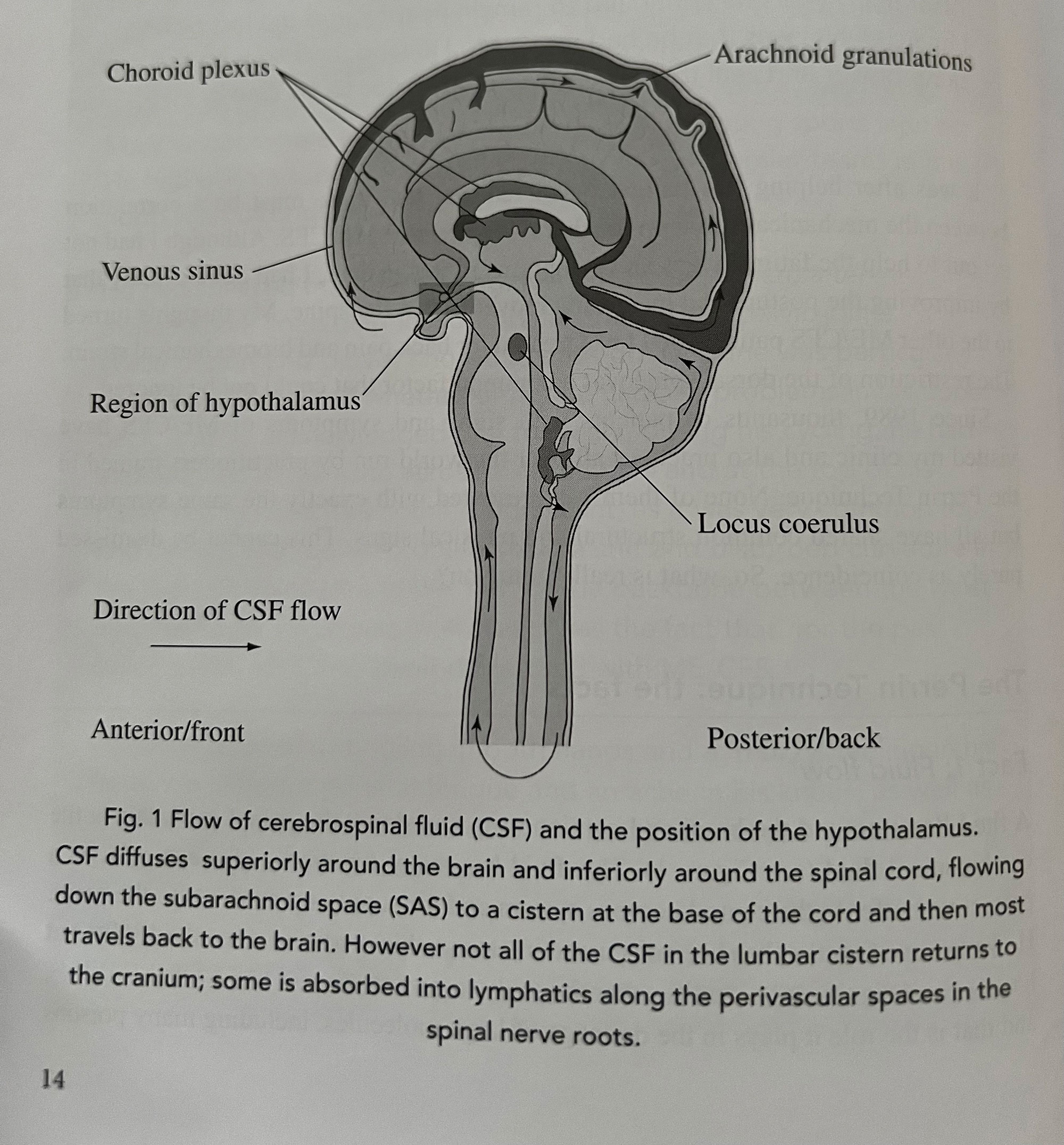Five years ago mentioning the word rapé (pronounced “hapeh”), even in the plant medicine world, would not have raised many eyebrows. But today, rapé has become ubiquitous in and out of all manner of medicine communities, the psychedelic community, and even now the meditation, breathwork, and yoga communities. Around big cities like Phoenix, one can find rapé circles or events that revolve around use of this Amazonian snuff.
This article is not about the various uses of rapé or its many benefits–there are plenty of articles about it. Rather, this article is about some issues in the use of rapé that many people are unaware of. The purpose is simply to educate and bring light, and also ask questions for further inquiry.
What is Rapé
Rapé is not one thing. Rather, the term refers to any number of snuffs prepared in the Amazonian tribal traditions. There are hundreds of varieties and combinations, all containing various plants, and most containing jungle tobacco known as mapacho (nocotiana rustica). The snuffs are prepared by finely powdering the tobacco and/or other plants, and usually including the burnt ashes of one or more trees. For example, the Yawanawa will usually include the ashes of a tree they call Tsunu. Because there are so many varieties, it’s not easy to make any blanket statements about whether the contents of rapé in general are potentially harmful, but as we will see, many of the samples that have been analyzed do contain chemicals that most people would not want in their bodies.
Chemical Analyses of Rapé
In scouring for research, there is only one widely available research paper that has attempted to analyze the contents of various rapé samples.
Stanfill SB, Oliveira da Silva AL, Lisko JG, Lawler TS, Kuklenyik P, Tyx RE, Peuchen EH, Richter P, Watson CH. Comprehensive chemical characterization of Rapé tobacco products: Nicotine, un-ionized nicotine, tobacco-specific N’-nitrosamines, polycyclic aromatic hydrocarbons, and flavor constituents. Food Chem Toxicol. 2015 Aug;82:50-8. doi: 10.1016/j.fct.2015.04.016. Epub 2015 Apr 28. PMID: 25934468; PMCID: PMC5704902.
Available at: https://pubmed.ncbi.nlm.nih.gov/25934468/
The researchers in this article analyzed various samples of Amazonian rapé, some with and some without tobacco. For those seeking an in-depth review of the chemicals found, please see the full article. But, in short, the researchers found:
- Nicotine
- Tobacco-specific N-nitrosamines (TSNAs)
- N-nitrosonornicotine (NNN)
- 4- (methylnitrosamino)-1-(3-pyridyl)-1-butanone (NNK)
- N-nitrosoanatabine (NAT)
- N- nitrosoanabasine (NAB), and
- 4-(methylnitrosamino)-1-(3-pyridyl)-1-butanol (NNAL)
- Polycyclic aromatic hydrocarbons (PAHs)
- acenaphthene (ACL)
- acenaphthylene (ACT)
- anthracene (ANT)
- benz[a]anthracene (BAA)
- benzo[a]pyrene (BAP)
- benzo[b]fluoranthene (BBF)
- benzo[e]pyrene (BEP)
- benzo[k]fluoranthene (BKF)
- chrysene (CHR)
- fluoranthene (FLR)
- fluorene (FLU)
- naphthalene (NAP)
- phenanthrene (PHE), and
- pyrene (PYR)
- Flavor compounds
- eucalyptol
- camphor
- menthol
- pulegone
- ethyl salicylate
- methyl salicylate
- cinnamaldehyde
- eugenol
- diphenyl ether and
- coumarin
I’ll spare you the deep dive into chemistry and try to simplify this a bit. The tobacco-specific nitrosamines (TSNAs) are a group of carcinogens that are present in tobacco and tobacco smoke. The TSNAs have been extensively studied to produce tumors and other cancers in mice. See Hecht SS, Hoffmann D. Tobacco-specific nitrosamines, an important group of carcinogens in tobacco and tobacco smoke. Carcinogenesis. 1988 Jun;9(6):875-84. doi: 10.1093/carcin/9.6.875. PMID: 3286030. Available at: https://pubmed.ncbi.nlm.nih.gov/3286030/.
The polycyclic aromatic hydrocarbons (PAHs) are all by-products of combustion. They can be found in the burning of fossil fuels like coal, and also in the combustion of tobacco. It is hypothesized that these make their way into the rapé in cases where the tobacco is slowly dried over a fire. Essentially, they are by-products of the smoke that was used in preparing the rapé. Many of these PAHs are known carcinogens, and others like flourene, are probable carcinogens but have not been adequately studied.
Various flavor compounds were found in some of the rapé analyzed, and several of these are known to be toxic such as coumarin, camphor, and eugenol. Many of the rapé also contained high amounts of nicotine.
Nasal Sinus Administration
One of the common beliefs circulating amongst rapé consumers is that rapé is safe because it isn’t smoked, but rather, it is administered into the nasal sinuses. This is one of the most uninformed and dangerous pieces of misinformation I have ever had the pleasure of hearing–multiple times. As a result, we need to understand a little bit about our anatomy, and the nasal sinuses in particular.
The Nervous System
When rapé is administered it is absorbed across the mucous membranes of the sinuses. One reason rapé works so quickly is that this area of the body is intimately connected to our autonomic nervous system, which monitors and controls the dilation of the sinuses for breathing. Breathing is a primary regulator of our autonomic nervous system and the sensors in the sinuses largely determine the state of the nervous system. For example, breathing in through the right nostril while closing the left stimulates the sympathetic nervous system, while breathing through the left nostril, stimulates the parasympathetic. The yogis of old figured this out, creating breathing practices that work by selectively closing off one sinus, and by utilizing breath holds. When administering rapé this wisdom is also observed by most traditions, which seek to balance the nervous system by administering the rapé to both nostrils. Sometimes different terminology is used–for example “grounding” instead of “parasympathetic.”
The Detox Pathways of the Brain
So we now know one thing, if we are messing with the sinuses or breathing, we are affecting our nervous system. But there is even more to the picture. In many areas of our brain, there is believed to be a rather durable blood-brain-barrier to prevent the movement of large molecules into the brain from the blood. However, there are places, such as near the hypothalamus, where large molecules are able to pass from the blood into the brain. Evidence accumulated over the past decades suggests that the barriers that protect the brain from toxic exposure can be easily damaged from neurotoxic chemicals circulating in the blood. See The Perrin Technique by Dr. Raymond Perrin at 18. One of the most common and perplexing diagnoses since the 1980s has been Chronic Fatigue Syndrome (CFS), which is also known as myalgic encephalomyelitis (ME). One theory of ME/CFS is that it results from damage to the nervous system from toxins reaching the brain. And, when the nervous system is damaged from toxic exposure, the autonomic nervous system fails to move the lymphatic system pumps, and damaging back-ups occur. Id.
Luckily for us, when things are working properly, our brain does have a way of de-toxifying through a system known as the glymphatic system. From the brain, toxins drain through small gaps next to blood vessels known as “paravascular spaces.” Id. at 19. These paravascular spaces then transport the toxins into fluid in spaces within the arterial walls, and then onto the lymphatic drainage system outside of the head through perforations in the skull. Id. The largest amount of drainage occurs through a bony plate situated above the nose known as the cribriform plate. The toxins drain through the lymphatic vessels in the tissue surrounding the nasal sinuses. There is similar drainage down other channels next to blood vessels supplying other cranial nerves, especially the optic, auditory and trigeminal nerves. Id. When this drainage system stops working for various reasons, the hypothalamus is disturbed and the sympathetic nervous system control of the lymphatic vessels can be affected. This then pumps more toxins back into the tissues and brain via the perivascular and paravascular spaces, which creates a vicious cycle. Perrin at 20.

Source: The Perrin Technique Second Edition by Dr. Raymond Perrin
All that is to say, our sinuses are the gateway to a very sensitive and crucial detoxification system for the brain and they are the seat of sensors that determine the function of our autonomic nervous system. Administering toxins into this area causes their absorption into the sinuses and surrounding pathways used for detoxifying the brain. One reason this may be harmful is that the toxins may enter an already congested area, creating more of a toxic back-up. This could directly contribute to CFS/ME symptoms in someone who is already suffering from this issue, or could cause these symptoms in a susceptible person.
When there is a build up of toxins in this area, and a failure of the glymphatic system to drain properly, toxins can build up in the brain (especially the hypothalamus) and a slowing down of the sympathetic pump that controls the lymphatic system may occur. There is even more to say about the locus coeruleus, which is the site of the brain responsible for synthesis of norepinephrine that powers the sympathetic nervous system, but that is going too far afield for this post. Suffice it to say, there are a lot of very sensitive areas of the brain that can be impacted when drainage of toxins is interrupted. To protect this area, we should be treating our sinuses as very special and sacred areas, rather than exposing them to unnecessary toxins.
But Rapé Is a Detoxifier, Isn’t It?
Here is the thing: when working properly and when supported by proper mineral balance, the body is an amazing detoxifier all on its own. When someone says something like “But rapé is good for detoxification” or “X, Y, Z, is good for detoxification” they are already making a judgment that the body can’t do it on its own. And, that very well may be the case for people who are already suffering the symptoms of mineral disregulation. But, we must always take an inability to detox as a sign that our bodies need support and nourishment, not a quick fix substitute. In other words, the solution is to get to the root of the matter, not simply do another detox.
It is true that many people are so toxic that their bodies natural detoxification systems are overwhelmed. However, one must also ask the question of whether it makes sense to give someone who is already suffering from an inability to detox, a blast of highly toxic and carcinogenic compounds up the nasal sinuses (directly to the place that is likely most backed up). In my experience, this never cures the issue. And, keep in mind, that it takes energy to detox and burns through minerals, so any detox will be taxing on an already taxed system. Working with a medicine like rapé may offer a feeling of temporary relief as the sympathetic nervous system is stimulated by the rapé and things move through, but when the rapé wears off now that person has to detox the chemicals in the rapé itself. Some people are able to handle this for sure with no ill effects, but many people I have observed are in no condition to be putting additional toxins into their body.
Heavy Metals
One big hole in the research on rapé is the heavy metal content. I have long suspected that rapé may contain heavy metals but no one seems interested in studying this. However, we do know that nicotiana tabacum, which is the species of tobacco used outside of the Amazon, contains a number of heavy metals such as lead, zinc, cadmium, arsenic, chromium, copper, iron, and manganese. It would be foolish to think that other species of tobacco do not contain any metals. And, we have no idea what kinds of metals are in the various other plants used in the rapé preparations. Until someone does study this issue, I believe it to be prudent to just assume there are metals until proven otherwise.
But Isn’t it Better Than Smoking?
Another refrain I have heard more than once usually comes from people with a long-standing relationship with nicotine. Rapé is often viewed as a safer way to get nicotine because it isn’t smoked. But is this true? As we can see when we look at the chemical constituents of the rapé that it contains the by-products of burning because parts of the manufacturing process include burning into ashes certain plants and drying the tobacco over a fire. All the harmful parts of the smoke are already in the rapé–it doesn’t have to be smoked by the user to create these chemicals. So, I ask the question, why would it be safer to ingest these chemicals via the nasal sinuses, which are very close to the brain and intimately involved with the brain’s detoxification system? I have found nothing in my lived experience or in my understanding of human anatomy to support this belief. To me, it’s simply wishful thinking. The toxins are coming in one way or another, either through the lungs or throat mucosa, or through the nasal mucosa. To me, neither safe.
The Elephant In the Room
No one wants to talk about the elephant in the room, so I will. A great deal of people using rapé today are addicted to it–plain and simple. The addiction is itself a sign of mineral disregulation. Nicotine does a few things. First, it acts as an aromatase inhibitor which decreases estrogen. The craving for nicotine can be very strong in a body that is producing too much estrogen. But, when one understands that estrogen is a back-up antioxidant that the body produces when it cannot perform the ferroxidase function with ceruloplasman, then it starts to beg the question of whether decreasing estrogen is a good thing. In a body with low bio-available copper, the estrogen is serving a purpose: it is helping to manage the effects of unbound iron. The fix is to get more bio-available copper so that the body doesn’t need to resort to estrogen. There is also a strong correlation with nicotine (and caffeine) addiction and magnesium deficiency. The cravings and need for these substances are much stronger in people who are magnesium deficient, so if one is addicted to rapé one might use this as information to go back and address the magnesium issues. And lastly, the dopamine that is at the heart of all addictions is a sign that one just needs more endogenous dopamine. Properly mineralizing the body is the only way to stimulate consistent and healthy dopamine production.
Context Matters
It is important to understand also that medicines like rapé come from a deep cultural context. The people of the Amazon are very different in terms of their mineral status and health. What may be beneficial for them, might be harmful to others. One thing that everyone can benefit from is learning to observe themselves closely and understand their unique physiology. When I suggest that rapé may not be helpful, this is largely based on my work with Americans. I have yet to meet a person in this country who is in perfect physical health. Everyone is dealing with something, even if its minor. We have normalized disease and made quick leaps to copy what we see other cultures doing for their own healing. This is foolish at best. We need to spend the time to understand how 88% of Americans came to have metabolic disfunction of one type or another. This is at the root of our problems. Medicines like rapé will not cure us of our ill-health. For some people they might be helpful and for others they might be harmful. Nuance is essential in the journey to health and vitality, along with a healthy dose of curiosity.






